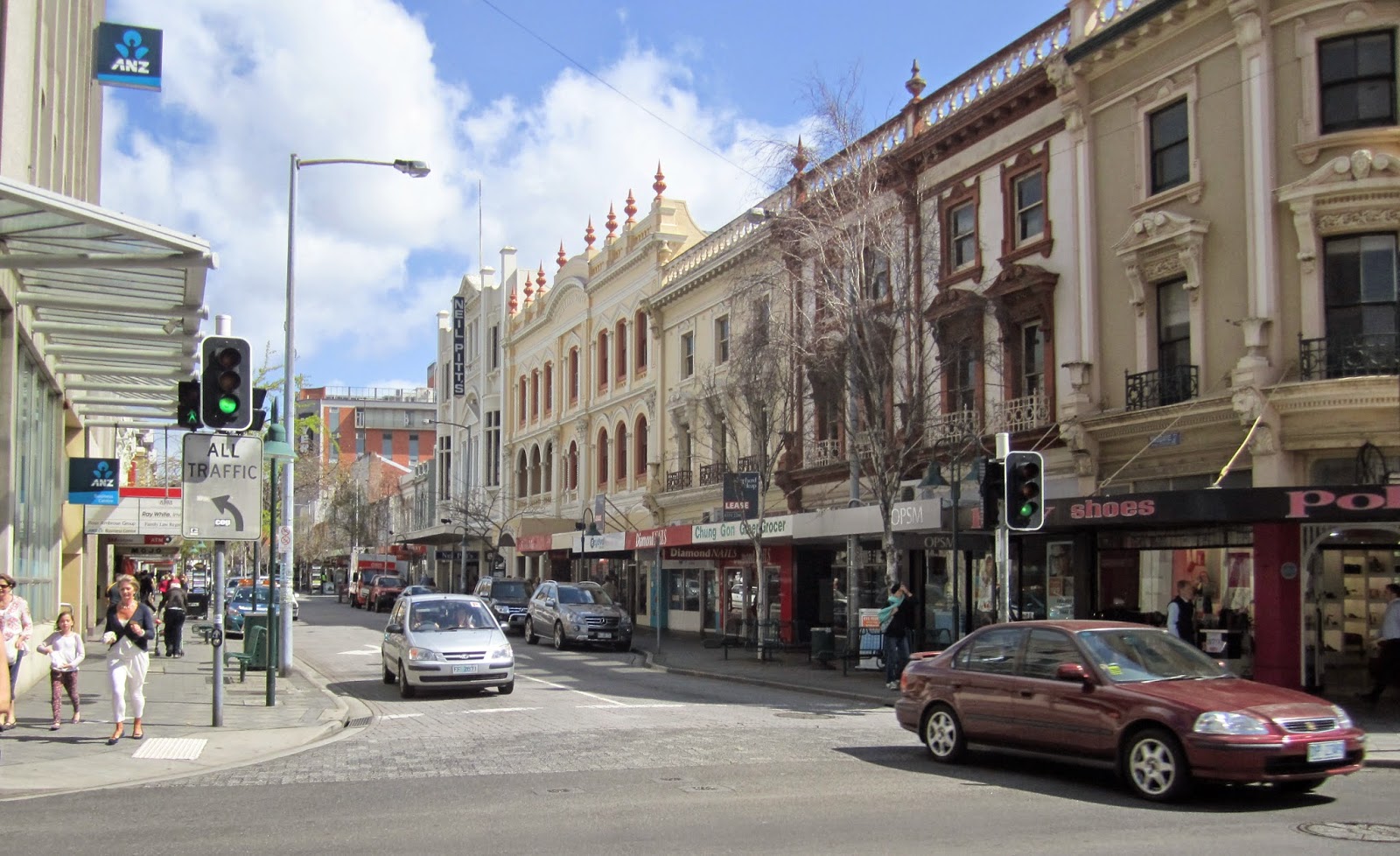 |
| Macquarie House - Civic Square |
Macquarie House at 92 -94 Cameron
Street was built by John Sprunt (who also built the Red Feather Inn
at Hadspen), for Henry Reed in 1829 - 30, which makes it one of
Launceston's oldest buildings. The four-level sandstone brick
building, constructed on a bluestone base, is on the register of the
National Estate, once had a shingle roof, and has has been used in a
variety of ways since its construction as a warehouse.
Stores from Macquarie House were integral to the success of the first settlement of Melbourne, and provided essential supplies to the people of Launceston. It was also, for a time but despite its great historic significance, by the 1970s, demolition was seriously considered. Fortunately this did not go ahead, and the building's current appearance is the result of a makeover in 1982. Its previous facade dated to the 1930s. A photo taken before the renovation, when it was occupied by Eliza Tinsley, (a supplier of rope, chain and various building products), can be seen at https://www.historypin.org/channels/view/46230/#map/index/#!/geo:41.436115,147.13618/zoom:20/dialog:152123/tab:details/ I can remember dining out at a restaurant located on the bottom floor in the 1980s. Maacquarie House was used for a time by the museum, and is still owned by the Launceston City Council - motion to sell it was defeated in 2013. There is currently a proposal to reshape Macquarie House into an :Innovation Hub. (Details can be seen at http://catalyst-project.com.au/macquarie-house/).
Clearly there is a great deal of history missing in this account. Charles Woolley and Michael Tatlow in A Walk in Old Launceston for instance say that in the 1840s the building was a barrack for the military – I can't find any other reference to this. Beverley Heathcote in A Walk Through Launceston's History, however, does mention that before the warehouse was built “a pipe band would stand on this site just before sundown and, dressed in their bright red coats, white trousers and shining black jack-boots would play the tattoo.” If I come across any more information I'll add it. In the meantime if anyone can suggest any references.......



